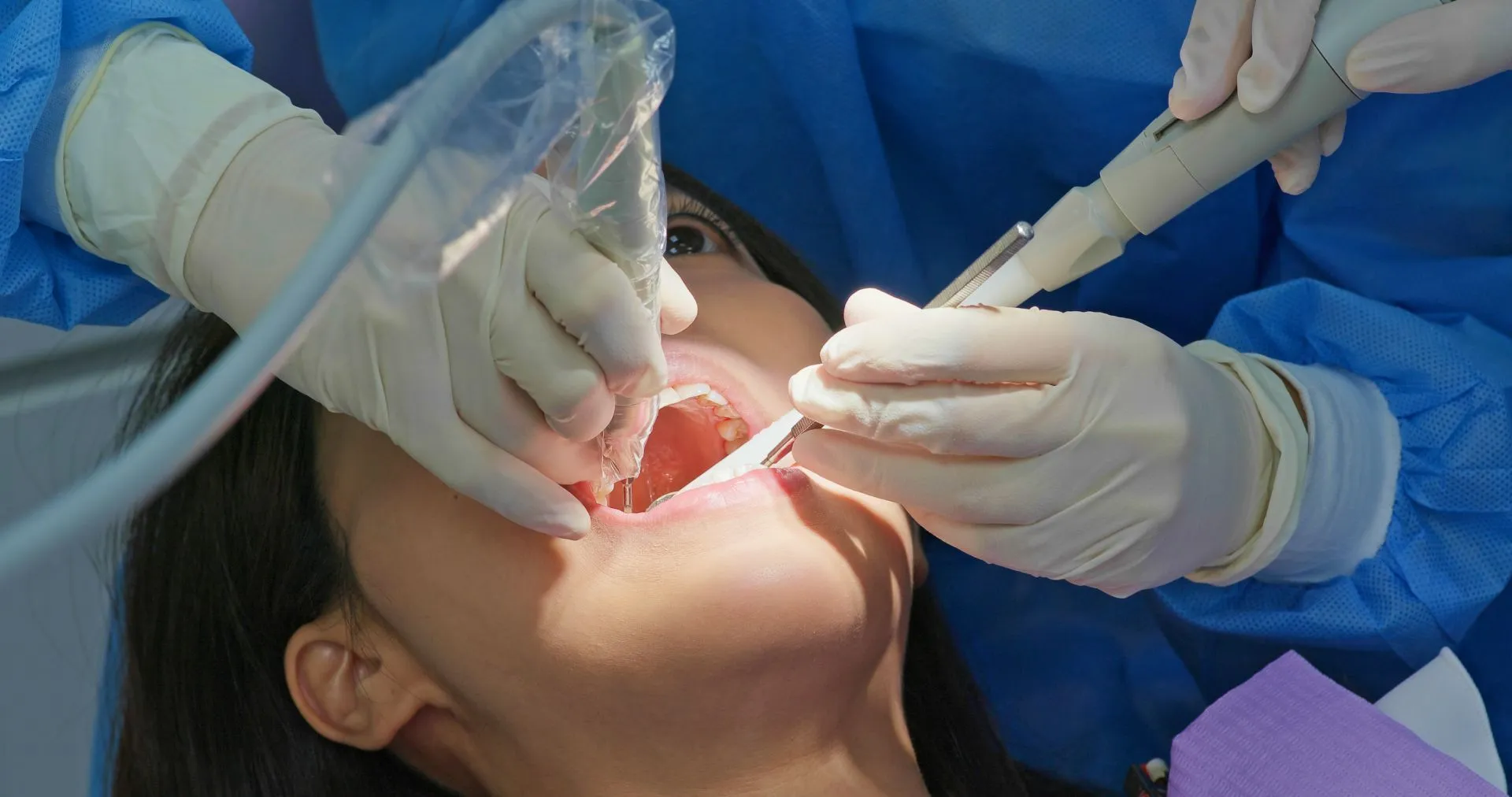Oral surgery is a branch of dental care that addresses issues affecting the teeth, gums, jaw, and supporting structures. It often involves surgical procedures designed to treat injuries, infections, deformities, or other dental concerns. As a fundamental part of modern dentistry, oral surgical methods aim to alleviate discomfort and restore the full function of your mouth. Whether you’re experiencing tooth loss, gum disease, or jawbone deterioration, oral surgery offers tailored solutions to meet your needs.
The Fundamentals of Oral Surgery
Oral surgery becomes necessary when non-surgical dental treatments cannot resolve a specific issue. Surgery plays a key role in addressing both functional and aesthetic concerns. Oral pathology identifies abnormalities in the tissues of your mouth, helping to diagnose conditions like cysts, tumors, or infections. Early detection of these issues is fundamental in determining whether surgical intervention is required. An oral surgeon might recommend surgery to remove a cyst before it compromises nearby teeth or bone.
Several conditions may require oral surgery to restore dental function and improve overall health, like:
- Tooth Decay or Trauma: Damaged teeth that cannot be saved with fillings or crowns often require surgical extraction.
- Impacted Teeth: Wisdom teeth or other teeth that don’t fully emerge can cause pain and infection, necessitating removal.
- Misaligned Jaw: Surgical procedures can correct abnormalities in the jaw that impact chewing and speaking.
- Tooth Loss: Missing teeth often lead to jawbone deterioration, which surgical solutions like dental implants can address.
The Basics of Gum Disease
Gum disease, or periodontal disease, is a common condition that affects the gums and surrounding tissues. If left untreated, it can lead to bone loss, gum recession, and eventually tooth loss. There are several oral surgical solutions to restore gum health:
- Laser Treatments: Laser procedures involve lifting the gums to remove tartar and plaque from deep pockets, followed by repositioning the gums securely.
- Gum Grafting: For patients with receding gums, grafting helps restore gum tissue and protects teeth from further damage.
By addressing gum disease surgically, patients can maintain healthier gums and reduce the risk of tooth loss and other complications.
The Basics of Dental Implants
Dental implants are a revolutionary solution for replacing missing teeth. These implants consist of titanium posts that are surgically placed into the jawbone, acting as artificial tooth roots. Once healed, a crown is attached to create a natural-looking and fully functional tooth replacement.
Implant surgery restores the ability to chew and speak comfortably while preventing further bone loss. Dental implants offer a durable, long-term solution that often outperforms traditional dentures or bridges. Their appearance and functionality closely mimic natural teeth, making them a leading choice for restoring dental function.
The Basics of Bone Grafting
Bone grafting is a key procedure used to rebuild and strengthen the jawbone. It involves transplanting bone tissue to areas where the jawbone has weakened or eroded. This is often necessary for patients who have experienced prolonged tooth loss or advanced gum disease.
Bone grafting is a key option for supporting dental implants. Without sufficient bone density, implants cannot be securely anchored into the jawbone. The procedure also enhances the structural integrity of the jaw, providing long-lasting functionality and improved aesthetic outcomes.
Learn More Ways Oral Surgery Methods Can Benefit You
Oral surgery is a versatile and effective tool for addressing a wide range of dental and oral health issues. From bone grafting to gum disease treatments and dental implants, these procedures play an integral role in restoring function and enhancing long-term oral health. If you’re navigating dental concerns, reach out to an oral surgery specialist today.


Leave a Reply